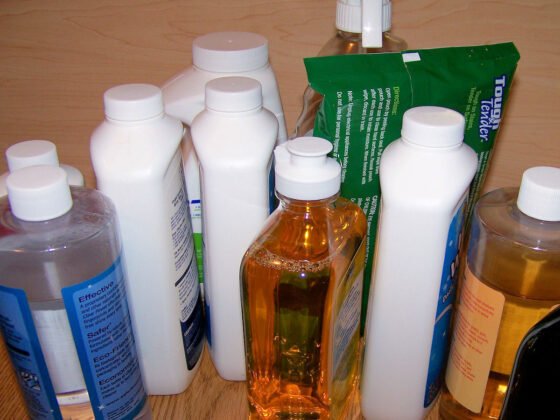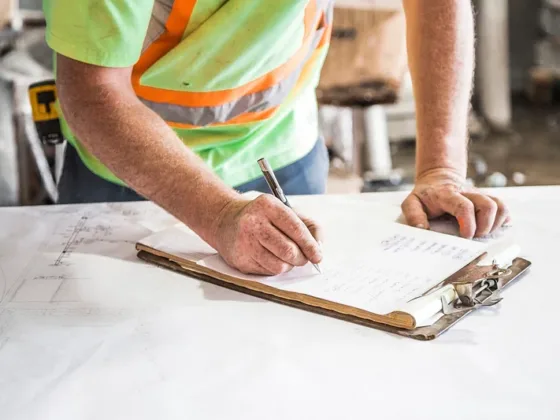Table of Contents Show
Demolition is a complicated process that needs careful planning, exact execution, and strict safety rules to be followed. Whether you’re knocking down a house or a business in Newcastle, it’s important to put safety first to protect both the workers and the surroundings.
This detailed guide will walk you through the most important parts of safe destruction, making sure that the process goes smoothly and safely.
How to Understand Tearing Down
What Is Demolishing?
Demolition means to take apart, destroy, or remove a building or construction on purpose. It uses different methods and tools to take down a building so that it can be replaced or used for something else. Demolition jobs can be as small as tearing down a house or as big as tearing down a business or factory.
Types of Tearing Down
There are many different ways to take down a building, based on what you want to happen and what kind of structure it is. Some common ways to take down a building are by hand, with heavy machinery, by implosion, or by selective removal. For each way to be safe and effective, careful planning and thought are needed.
How to Take Down Buildings in a Safe Way
It is very important to use safe removal methods to protect the workers, protect the environment, and avoid accidents.
By following rules and safety measures, the chance of getting hurt, damaging property, or making the environment unsafe can be cut down by a lot. It is important to work with experienced experts who put safety first and know the demolition process inside and out.
Read Also:
Getting Ready to Tear Down
Getting a Professional Demolition Contractor
For a safe and successful demolition job, it is important to hire a demolition contractor with a good reputation and a lot of experience. A professional contractor will have the skills, tools, and information to do the job quickly and well. They will also know about safety rules and how to follow them.
Getting the Permits and Approvals You Need
Before starting any demolition job in Newcastle, you must get the necessary permits and approvals from the local government. These licenses make sure that building codes, rules about the environment, and safety standards are followed.
Working with a professional demolition contractor can speed up this process because they know what paperwork is needed and can help you get the necessary licenses.
Taking A Look at The Site
Before starting any demolition job, it’s important to do a thorough assessment of the site. As part of this assessment, the structure will be looked at, possible dangers will be found, and a full plan for the demolition process will be made.
It involves looking at the building’s structure, figuring out if there are any dangerous things inside, and figuring out the best way to take it down.
Taking Care of Safety During Demolition
Setting Up Rules for Safety
Safety should always come first when demolishing something. To avoid crashes and injuries, it is important to set up clear safety rules and make sure they are followed exactly.
This includes setting up rules for limited areas, putting in place ways to prevent falls, and making plans for what to do in case of an emergency. Safety meetings and training should be held on a regular basis to keep all workers aware and up to date on safety practices.
Personal Protective Equipment (PPE)
All workers in the removal process must have the right personal protective equipment (PPE) to stay safe. This could include hard hats, safety goggles, respiratory masks, gloves, and protective clothes. All workers on the demolition job should be given PPE and should always wear it.
How to Handle Dangerous Materials
Many older buildings may have dangerous things like asbestos, paint with lead in it, or mold. To protect workers and the world, it is important to know what these materials are and how to handle them safely.
It is best to hire a qualified professional to look for and get rid of dangerous materials. Local rules must be followed when it comes to containing, removing, and getting rid of the waste.
Taking Care of Dust and Debris
Dust and other things that get made during demolition can be harmful to your health and the world around you.
Taking good steps to manage dust, like using water sprays and dust suppression systems, can help stop dust from spreading. To keep an area clean and safe, it should be cleaned and trash should be taken away on a regular basis.
Demolition Techniques and Equipment
Demolition By Hand
Hand tools and equipment are used in manual removal to take apart and remove building materials. This method works well for smaller buildings and places where big machines can’t go.
Demolition By Machines
Heavy equipment like excavators, bulldozers, and wrecking balls are used in mechanical destruction to bring down bigger buildings. These tools are strong and effective, which makes them perfect for quickly tearing down buildings.
Implosion
Implosion is a controlled way to take down tall buildings in places with a lot of people. Using explosives to bring the building down vertically while causing as little damage as possible to the surroundings around it.
Demolition on Demand
When only part of a building needs to be taken down and the rest needs to stay, selective destruction is used. To keep the rest of the building from falling apart, it takes accuracy and careful planning.
Recycling and Getting Rid of Waste
During removal, a lot of trash is made. Responsible demolition contractors put recycling and waste management at the top of their list of priorities to reduce their effect on the environment. Reusing materials and recycling building waste help save resources and cut down on the amount of trash that ends up in landfills.
Things To Think About in Structural Engineering
Analysis of the Structure
Before starting a demolition job, it is important to do a thorough structural analysis. This study helps figure out how strong the building’s structure is, where it might be weak, and the best way to take it down.
Preparing for a Controlled Fall
In some situations, a controlled fall may be needed to protect the safety of nearby buildings or make room for new ones. For a controlled collapse to happen, it takes careful planning, engineering calculations, and the use of specialized methods.
This process includes making certain parts of the building weaker so that the direction and speed of the collapse can be controlled. This reduces the risk of damage to nearby areas.
Systems That Help Out Temporarily
During the removal process, nearby buildings may need temporary support systems to keep them from falling down.
These support systems, like shoring or bracing, help spread out the weight and keep things from falling down on their own. To figure out the right temporary support measures for the demolition job, it is important to talk to structural engineers.
Effects On the Environment and Long-Term Survival
Taking Care of Trash and Recycling
Demolition makes a lot of trash, which includes concrete, wood, metals, and other things. Responsible demolition contractors put trash management and recycling at the top of their list of priorities. Putting together plans to sort and recycle materials helps save resources and cuts down on the amount of trash that goes to landfills.
Getting Rid of Noise and Pollution
Demolition can be loud and dirty the air with dust and other fumes. Noise reduction methods like barriers and mufflers can be used to lessen the effect on the nearby neighborhood.
Dust control methods, such as water sprays and dust reduction systems, should be used to cut down on the amount of dust in the air and keep the air quality high.
Using the Same Things
When possible, items from a building that is being torn down should be saved and used again. Bricks, wood, and metal can often be used for something else, which reduces the need for new materials and helps the environment. Not only does this help the earth, but it can also save money on future building projects.
Cleanup And Site Remediation After a Building Is Torn Down
Getting Rid of Trash and Garbage
After the demolition is done, the place needs to be cleaned up well to get rid of all the trash and debris. Follow the rules in your area about how to get rid of trash properly. Clearing the site quickly makes sure that it is safe and gets it ready for building or land restoration.
Cleaning Up a Site and Fixing Up The Land
In some cases, the place may need to be cleaned up after demolition to fix any damage to the environment that may have happened.
This could include testing the dirt, doing things to fix the problem, and putting the land back to how it was before. Working with environmental experts can help make sure that any cleanup that needs to be done is done right.
Inspections and Certifications for The End
Before the demolition job is done, it should be inspected one last time to make sure that all safety and environmental rules have been met. Getting the right certificates and permits shows that you are following the rules and that the demolition process went well.
Conclusion
Demolition is a complicated process that involves planning, following safety rules, and thinking about the environment. By following the rules in this ultimate guide, you can make sure that your demolition job in Newcastle goes smoothly, quickly, and with the utmost care for the safety and the environment.










